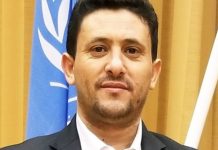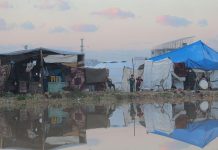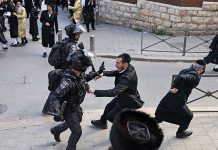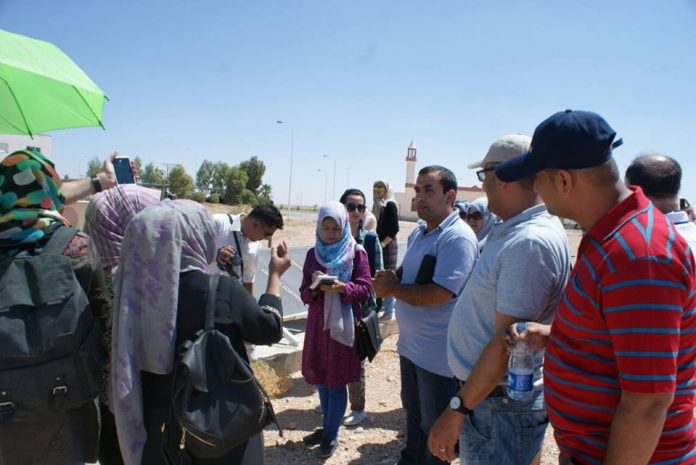Al-Thawra Net
The solar energy potential in Yemen still very minimal. Yemen suffers from the power cuts since early 2015 that have made Yemenis to go for personal usage for the solar energy. The solar energy trades in Yemen increases since the war began but without any planed project or governmental supervision. While other Arabian countries have a solar energy system to start using it gradually instead of the electric power such as Jordan.
Jordan is enormous as it lies within the solar belt of the world with average solar radiation ranging between 5 and 7 KWh/m2, which implies a potential of at least 1000GWh per year annually. Solar energy, like other forms of renewable energy, remains underutilized in Jordan. Decentralized photovoltaic units in rural and remote villages are currently used for lighting, water pumping and other social services (1000KW of peak capacity). In addition, about 15% of all households are equipped with solar water heating systems.
Murad Jlamdeh ,renewable energy manager, said “one of the most promising potential investments in renewable energy worldwide will be installing more than 250 MW of concentrated solar power (PV) in Jordan’s Ma’an development zone through different projects developed by the private sector,” he added “ the upcoming CSP solar power plants in Ma’an would highlight Jordan’s strategy of sustainable energy diversification.”
The Ma’an Development Area enjoys about 320 days of sunshine a year, with a high level of irradiance that allows over 2500 million kWh of primary energy to be harvested annually from each square kilometer. At full capacity, the planned flagship CSP plant could meet some 4% of the Kingdom’s electricity needs, reducing the reliance on electricity imports from neighboring countries, according to Ecomena organazition report.
Jlamdeh also pointed out that “Jordan is on its way to make a green corridor of the surplus of the solar energy could in turn be sold to Syria, Turkey, and Saudi Arabia whose networks are connected to Jordan.”
Jordan has major plans for increasing the use of solar energy. As per the Energy Master Plan, 30 percent of all households are expected to be equipped with solar water heating system by the year 2020. The Government is hoping to construct the first Concentrated Solar Power (CSP) demonstration project in the short to medium term and is considering Aqaba and the south-eastern region for this purpose. It is also planning to have solar desalination plant. According to the national strategy the planned installed capacity will amount to 300MW – 600MW (CSP, PV and hybrid power plants) by 2020
“Shams Ma’an project is a plant to generate electric power generating capacity of up to 52.5 MW using solar photovoltaics, especially since it will produce clean energy source of the sun by the end of 2016 based on the agreement signed with the Ministry of Energy and Mineral Resources.” Jlamdeh said.
The project is also considered one of the largest stations in the region and the largest in Jordan with an investment volume of which approximately $ 170 million.
According to Ma’an Development Area (MDA), The project will be held on an area of two million square meters and will produce through the latest technology used in this area 160 megawatt / hours per year, equivalent to 1% of the production of Jordan’s current electric power, also will prevent through these techniques emission of 90 thousand tons of carbon dioxide.
Jlamdeh concluded that Yemen could also work on the solar power as a clean renewable energy that keep the environment clean and help to solve Yemen’s electricity problem.




